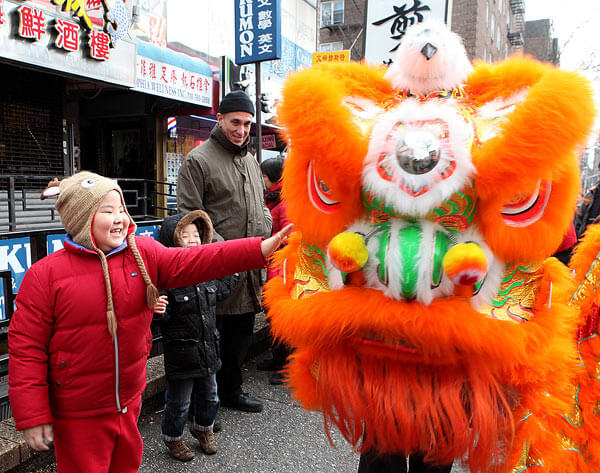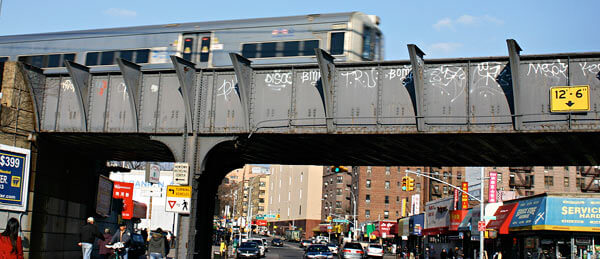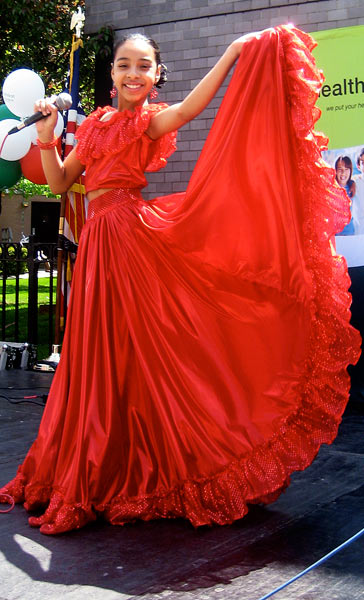By Rich Bockmann
In the borough that prides itself as the most diverse county in the nation, almost half of Queens’ 2.2 million residents were born in another country.
Between 2000 and 2011, Queens’ population became increasingly foreign-born, according to a recent report by the Department of City Planning analyzing census data.
Immigrants accounted for 48.5 percent of the borough’s overall population in 2011, compared to 46.1 percent in 2000.
“In terms of immigrants as a percentage of the population, Queens was the most heavily immigrant borough,” the department’s report said. “The 1.09 million immigrants in Queens comprised nearly one-half of the borough’s population (49 percent), the highest immigrant concentration in the city.”
The city’s report breaks the census data down to the neighborhood level, showing which neighborhoods have the most immigrants, which have the most disproportional foreign-born populations and which neighborhoods are experiencing the most flux.
Although Queens had the largest foreign-born population, the neighborhood with the most immigrants was Washington Heights in Manhattan, which had more than 80,000 immigrants by 2011.
But only about 49 percent of Washington Heights was foreign born, whereas Elmhurst — which ranked third in the city with a foreign-born population of 77,110 — was 71 percent foreign.
“Other neighborhoods — all in Queens — with a disproportionate share of residents who were foreign-born were Flushing, Corona and Jackson Heights, each with over six-in-ten residents born outside the U.S.,” the report read.
And while Elmhurst is proportionally the most foreign neighborhood in all of New York City, it is less so than it was in 2000. The western Queens neighborhood’s foreign population dropped about 4 percent during that time span and other communities like Astoria (down about 30 percent) and Jackson Heights (down 9.7 percent) — while still heavily populated by immigrants — also recorded losses.
And while many of Queens’ most diverse neighborhoods had declines in their immigrant populations, some experienced increases.
Corona, Flushing and Richmond Hill each had their immigrant populations climb between 4 percent and 8 percent, and South Ozone Park underwent a boom of 14.5 percent.
Throughout the borough, Asian immigrants account for 37 percent of the population, making Queens the only county in the city where Asians formed a plurality.
Bangladeshis broke into the borough’s Top 10 immigrant groups, outranking Indians for the first time.
Immigrants from China — who made up 13 percent of Queens’ overall population — were at the top of the list, followed by those from Guyana, Ecuador, Mexico, the Dominican Republic, Colombia, Korea, Bangladesh, India and Jamaica.
Reach reporter Rich Bockmann by e-mail at rbockmann@cnglocal.com or by phone at 718-260-4574.



































